Browned Butter: SO Worth the Time and Effort!
I've been hooked on using brown butter in baking ever since I first made it in my high school Home Economics class (aka Home Ec) many years ago. It was a quick lesson on how to make a brown butter spread to slather on toast. This was delicious on its own, but then our teacher had us add a pinch of cinnamon to make a cinnamon bun butter. This spread tasted like the essence of the best cinnamon buns I’d ever had.
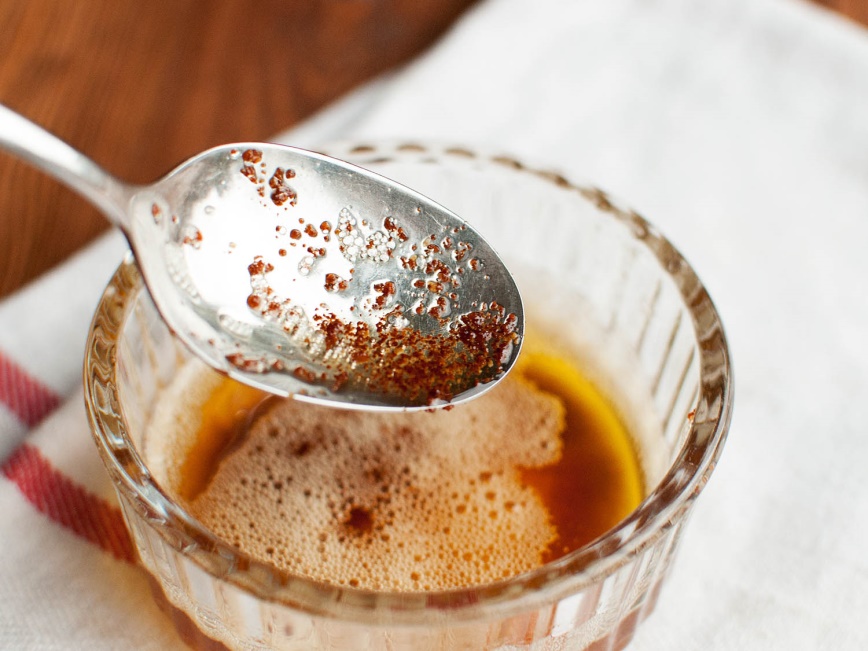
I’m forever grateful for that lesson because it was then and there that I learned that brown butter is an undisputed shortcut ingredient to great cooking. It takes any kind of cake to a whole new level of complex, nutty deliciousness, and adds toasted flavors to blondies, cornbread, or even savory dishes like pasta, rice, or quinoa.
I’m convinced everyone should know how to brown butter, especially considering there's nothing to it. If you have butter, a pan, and a rubber spatula, you're good to go.
To show just how easy this cooking technique is, take a look at this little tutorial on the subject (created by Nila Jones, food author for the great site, Serious Eats, www.seriouseats.com):
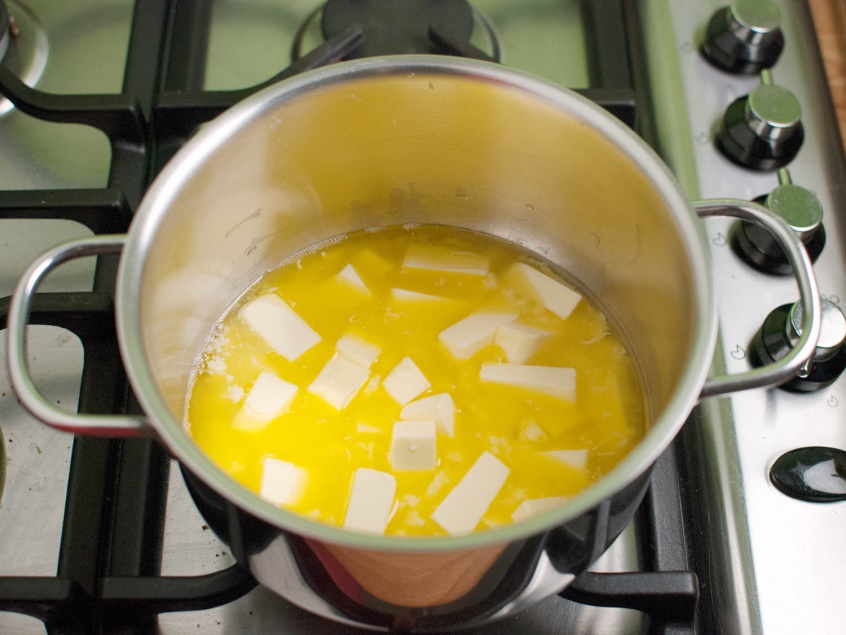
STEP 1: Heat butter in a light-colored, heavy-bottomed pot over low heat until it has completely melted. The light color allows you to monitor the butter's color as it browns and the heavy bottom ensures the butter heats evenly. Butter consists of clear yellowish butterfat, water, and milk proteins. It’s the proteins that are actually browning
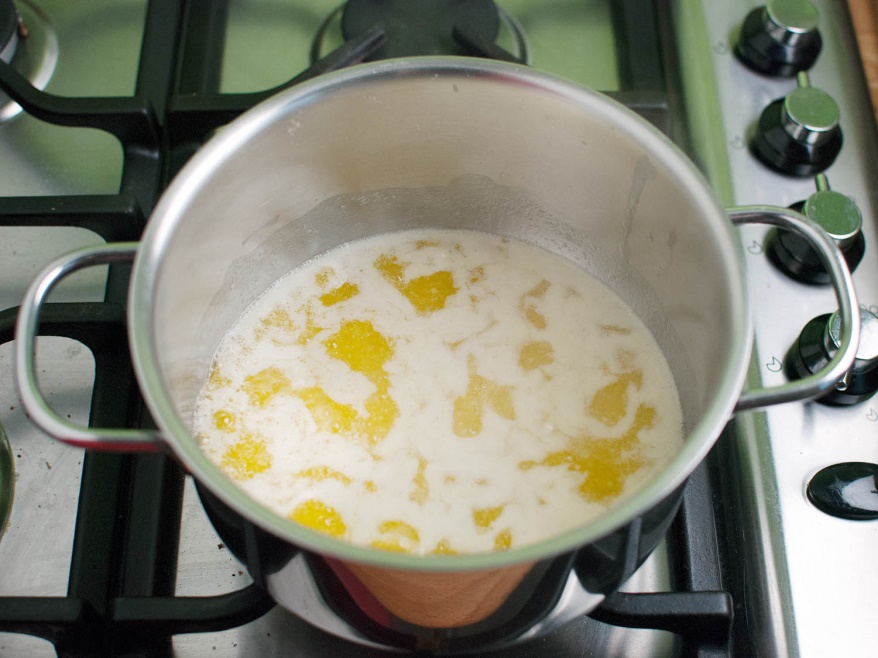
STEP 2: Cook off the water. Butter contains 13 to 17% water, which has to go before the fat's temperature can rise enough to brown the milk proteins. Once the butter reaches a temperature of 212°F, the water in the butter starts to quickly evaporate. As a result the butter will start to bubble and splatter dramatically. At this point you can place a splatter screen over the pan, though swirling the pan and stirring constantly to make sure any and all bubbles get released will work as well.
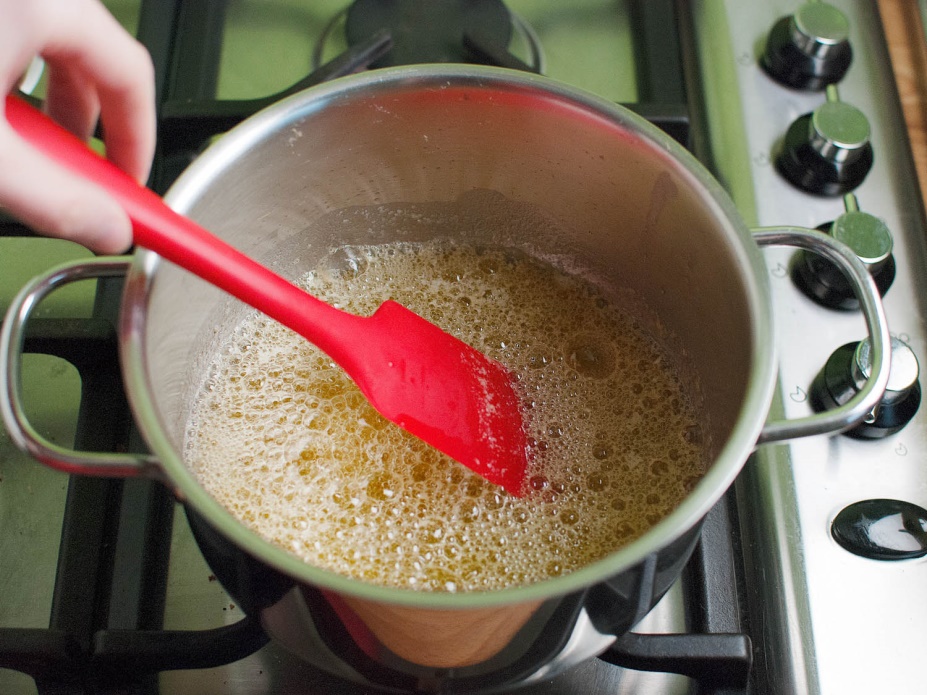
STEP 3: Begin the browning. After about five minutes the butter will start to foam. This is when you want to watch the butter like a hawk, stirring it around with your spatula to prevent the milk solids from sticking to the bottom of the pan.
You can tell the butter is browning because dark golden flecks (browned milk solids) will appear in the melted butter, which will start to smell nutty and toasty.
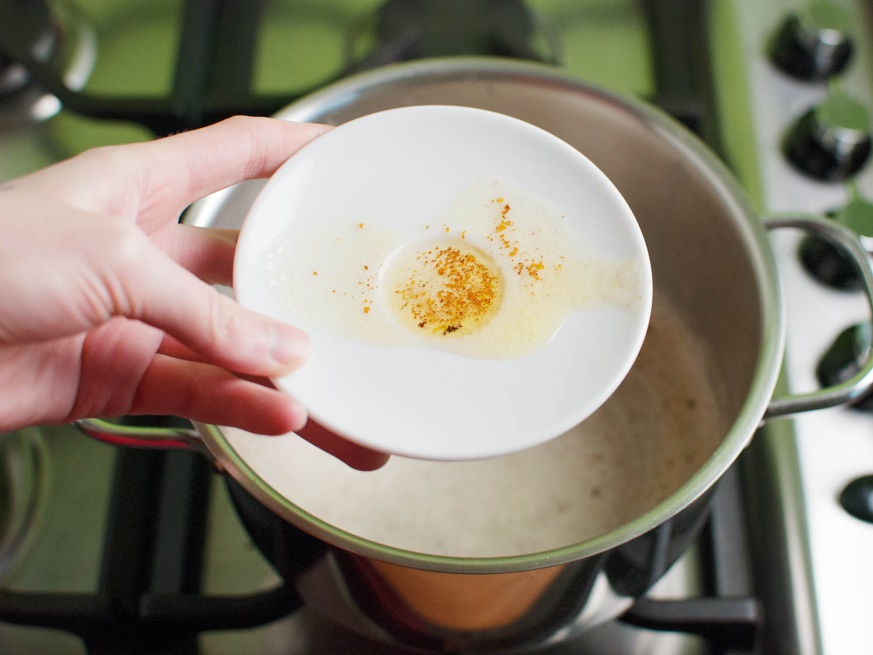
The foam can make it hard to see if the butter is browned to your liking, so to check the color, try clearing away some of the foam with a spoon or take the pan off the heat and spoon a little of the butter onto a white plate.
Once you're happy with the level of browning, pour the butter—browned milk solids and all—into a heatproof bowl and stir it for one or two minutes to cool it down. If you were to leave the butter in the pan, the residual heat would continue to cook it, and the butter might scorch from a perfect brown to a burnt-tasting black.
Also, keep in mind that only the milk solids turn a dark golden brown, not the butter itself. The fat will be darker as well, but not as dramatically as the milk solids.
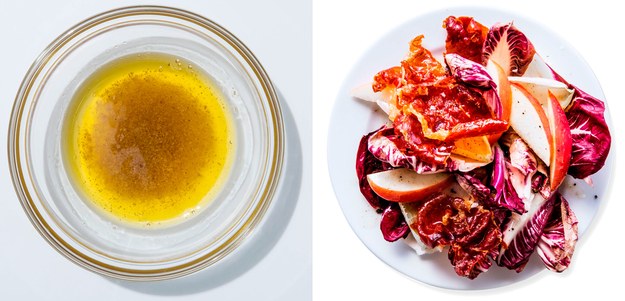
There are 3 basic kinds of browned butter. First there’s golden brown. When you first start to see the milk solids appear, pull the pan off the stove. This version is perfect for incorporating into a salad dressing or a vegetable dish (roasted carrots with toasted nuts, for instance).
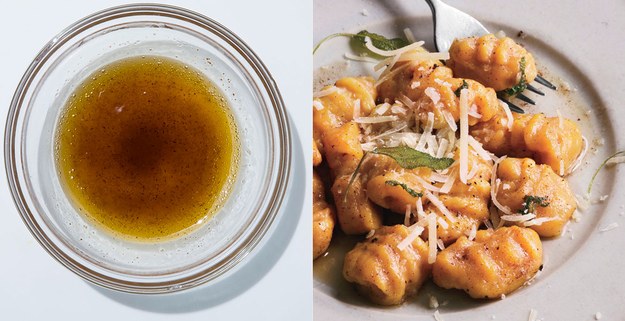
Next comes brown-brown butter. Even 15 seconds of further cooking and the milk solids get just a touch darker. Slightly darker means slightly richer in flavor, adding the perfect intricacies to finish pasta or fish dishes.
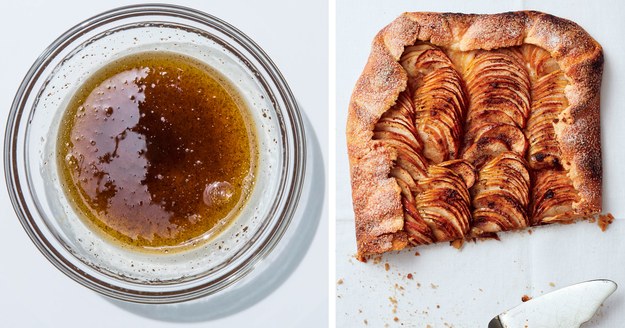
Lastly, there’s nearly-blackened brown butter. Here’s where you may think you’ve burned, or ruined it. This is the version of browned butter that most professional bakers cream into baked goods.
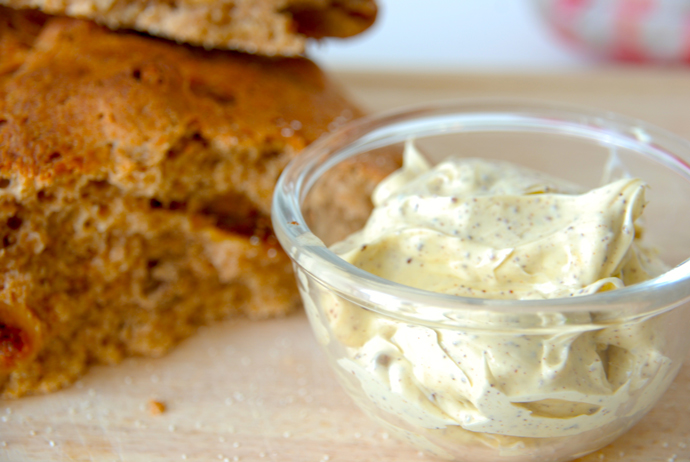
So all this said, try browning some butter. A good place to start is by making brown butter spread. Following the above steps, brown 1 cup unsalted butter to the brown brown stage. Once there, remove your pan from the heat, pour the butter (being sure to scrape the sides of the pan to get all the browned bits) into a heat-proof bowl and let the butter set up to a soft stage. When there, mix in 2 tablespoons powdered sugar and ground cinnamon to taste. I also add ¼ to ½ teaspoon of pure vanilla. This spread is amazing topping cinnamon rolls, muffins, pancakes, and so much more.
Finally, master brown butter-making with this terrific cake recipe that stars not only browned butter, but nectarines and raspberries. Try this technique and see for yourself why taking this extra step with your butter is worth the time and effort!
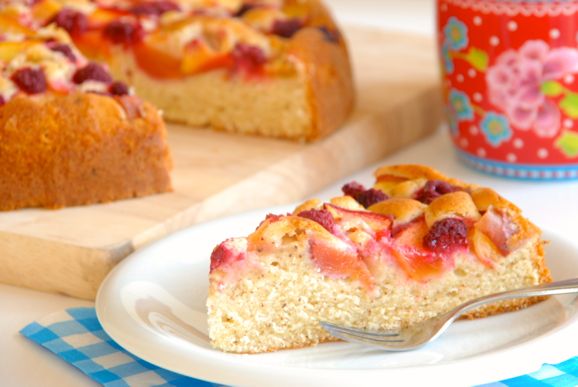
BROWN BUTTER CAKE WITH FRUIT (Many thanks to Nila, baker and blogger at The Tough Cookie, www.thetoughcookie.com)
½ cup + 3 teaspoons brown butter, softened to room temperature
¾ cup + 4 teaspoons sugar
2 large eggs
½ cup + 1 teaspoon milk
½ teaspoon vanilla extract
1¾ cup + 3 teaspoons self-rising flour
¼ teaspoon salt
3 nectarines
⅔ cup frozen raspberries
Preheat your oven to 350°F. Line a 9-inch cake pan with baking parchment. (The parchment will stick to the sides of the pan with a little bit of butter.) NOTE: The batter rises more evenly when the cake pan is lined with parchment. Simply buttering the pan will often result in a very domed cake.
Using a mixer, cream together the brown butter and the sugar in a medium-sized bowl, until the mixture has become slightly pale and fluffy.
Add eggs one at a time, mixing until incorporated after each addition and scraping the sides of the bowl with a rubber spatula when needed.
Add milk, vanilla, flour and salt; stir mixture with a spoon or rubber spatula, until flour is absorbed by the liquid. Mix with mixer until batter is completely smooth.
Pour batter into prepared cake pan.
Wash nectarines; cut them into little pieces.
Place nectarine pieces on top of the batter and sprinkle the raspberries (still frozen) on top. Completely cover top of the batter with fruit.
Bake approximately 50 minutes, or until a tester inserted in the center of the cake comes out clean. Serve either warm or cold, with whipped cream or vanilla ice cream.
- www.seriouseats.com
- www.bonappetit.com
 Alice Osborne
Alice Osborne
Weekly Newsletter Contributor since 2006
Email the author! alice@dvo.com
